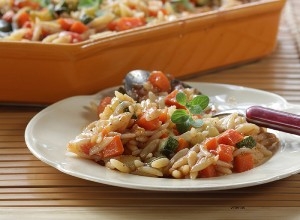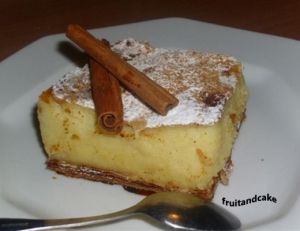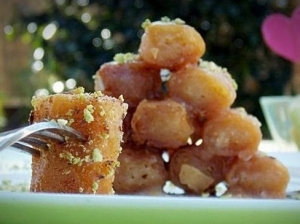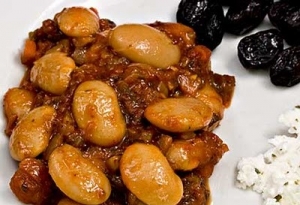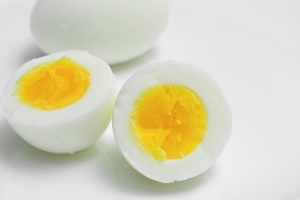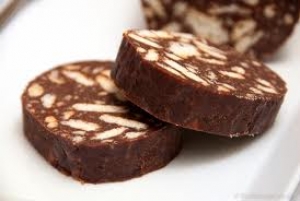Ingredients
1/2 cup plus 3 tablespoons extra virgin Greek olive oil
2 large red onions, finely chopped
½ teaspoon cinnamon powder
4 large carrots, peeled and diced
1 lb. / 450 g orzo or Greek kritharaki
3 cups chopped, canned or fresh plum tomatoes
2 bay leaves
3 sprigs fresh or dried oregano
Salt and pepper to taste
1 ½ lbs./ 750 g zucchini, diced
2 garlic cloves
2 tablespoons balsamic vinegar
Grated Greek kefalotyri cheese, parmesan, or other hard cheese
Instructions
1 Heat 2 tablespoons olive oil in a large skillet and sauté the onions for 10 minutes over medium heat, until soft. Add the cinnamon, stir, and gently cook the onions for another 3-4 minutes, until lightly colored. Remove and set aside the onions. Wipe the skillet dry.
2 Heat 2 tablespoons more of olive oil in the same skillet over low heat and cook the carrots for 15 minutes, until softened but al dente. Stir occasionally.
3 Preheat the oven to 375F/190C.
4 Bring 6 cups of salted water to a rolling boil and cook the orzo for about 5 minutes, until al dente.
5 Transfer the orzo and cooking liquid to a large baking pan. Mix in the onions, carrots, tomatoes, 2 tablespoons of olive oil, bay leaves, and oregano. Season with salt and pepper. Bake, covered, for 20-25 minutes.
6 In the meantime, heat two more tablespoons of olive oil in the skillet and sauté the zucchini. Add the garlic and stir. Add this mixture to the orzo. Add a little hot water to the baking pan if necessary, to keep the pasta from drying out. Continue baking the orzo for another 40 minutes to one hour, or until almost all the liquid has been absorbed. Remove, stir in remaining olive oil, and serve, garnished, of desired, with grated cheese.
greek food - greek cooking - greek recipes by diane kochilas http://www.dianekochilas.com/


